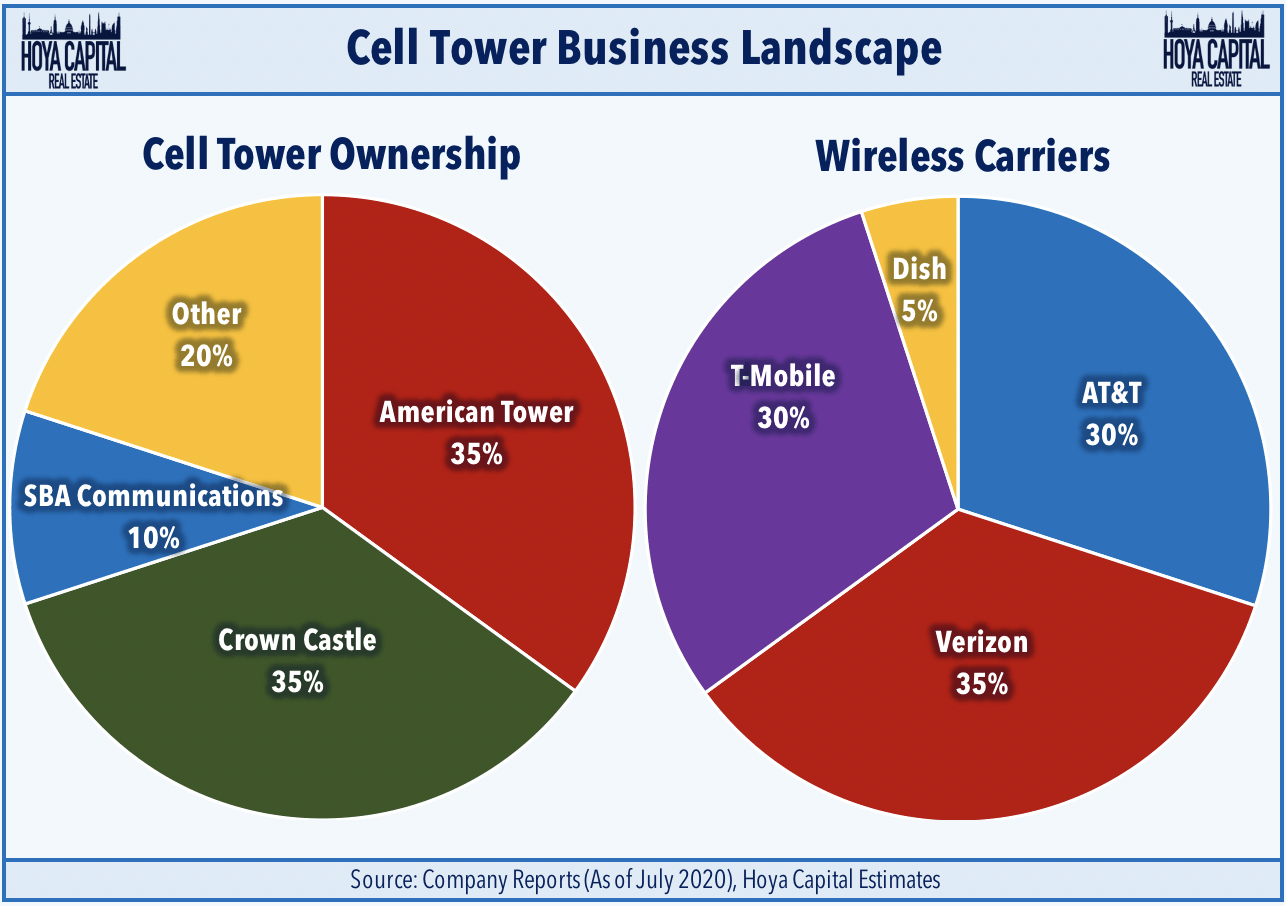If you've ever removed through a city, you might have perhaps seen smaller micro 5G mobile towers on streetlight poles. These resemble little boxes, although they transmit cordless signals from mobile carriers to the telephone.
These smaller may be are gradually getting the place of bigger, purpose-built mobile towers. Although that they are less visible, they could nonetheless pose difficulties for persons.
Radiation Exposure Thresholds Set from the FCC
The Radiation Coverage Thresholds established by the FCC illustrate the safe distance when a person may be exposed to electromagnetic radiation coming from wireless devices. Typically safe distance from cell tower derive from scientific evidence of which RF energy may possibly impair human wellness.
The specific absorption rate (SAR) is definitely a measurement associated with how much radiofrequency energy tissue absorbs. A typical price is 1. six watts per kg, averaged across one particular gram of muscle.
Yet, since what is a safe distance from a cell tower transmits at higher frequencies, it offers the potential to improve the intensity associated with radiation on the skin as well as other quickly exposed body parts. This particular has the potential to cause some sort of broad variety involving negative consequences, like the worsening of skin illnesses such since dermatitis, skin malignancy, and cataracts.
Credited from the potentially serious consequences of 5G radiation, PSU has opted to enforce a general localized energy density restriction regarding 4 mW/cm2 averaged over 1 cm2 for all those 5G services at 3000 GHz, never to exceed 30 minutes. The optimum spatial-average SAR of 1. 6 W/kg averaged across a single g of tissues at 6 Gigahertz is consistent together with this confined limit.
Maximum Exposure Thresholds Set by the FCC
Should you have actually used a cell phone phone, you're most likely aware that a new safe distance through the tower reaches least 400 yards. This is because of to the fact that the sending strength of the cellular tower rises substantially as you go farther away coming from it.
Although this seems to always be a great idea, typically the fact is that those who live near towers may be more prone to health concerns. Some sort of 2014 research throughout India, for illustration, found that inhabitants living within 40 meters of cell phone towers had a great deal higher health concerns compared to those living farther away from the antennas.
Yet, this specific research found that will inhabitants who relocated to regions even more away from cell towers had a return to normalcy within a couple of days. Additional research provides shown that continuous exposure to high ranges of radiofrequency electromagnetic fields (EMFs) may possibly lead to malignancy, brain tumors, and even other health issues.
This kind of is due to the fact that RF radiation, which is applied to wireless communication, has the ability to penetrate the human body's outer layer, your skin. This is considerable for the reason that skin serves as a protecting barrier against mechanised damage, infection by pathogenic bacteria, plus hazardous chemical penetration. It is furthermore the biggest organ in the man body and it is in charge of making sure the integrity regarding the other organs.
Minimum Exposure Thresholds Set by the FCC

The Minimum Exposure Thresholds recognized by the FCC are based on various assumptions that will are not maintained scientific data. These people include the completely wrong notion that interim RF radiation publicity is secure owing to be able to little penetration straight into the body (i. e., tissue heating).
The assumption furthermore overlooks the much deeper penetration of improved RF signals' ELF components, as well as the influence of brief breaks of heat through pulsed RF dunes. These assumptions are usually inconsistent with present understanding of the natural associated with RF rays and really should not always be utilized to set health-protective exposure degrees.
Moreover, the ICNIRP and FCC constrict their maximum coverage limits to area peak SARs based on peak spatial specific absorption rate (psSAR), which is a great insufficient dosimetric technique for evaluating the degree of RF radiation exposure. In frequencies over 6th GHz, psSAR is certainly very incorrect. In addition, psSAR is not tested in conjunction along with other environmental factors for instance sunshine. Relationships between RF light along with other environmental issues might have antagonistic or even synergistic effects. This specific would raise the likelihood of negative health and fitness impacts. Co-exposure in order to RF radiation and sunshine, for illustration, may raise the risk of pores and skin cancer and intensify other skin problems like as acne pimples.
